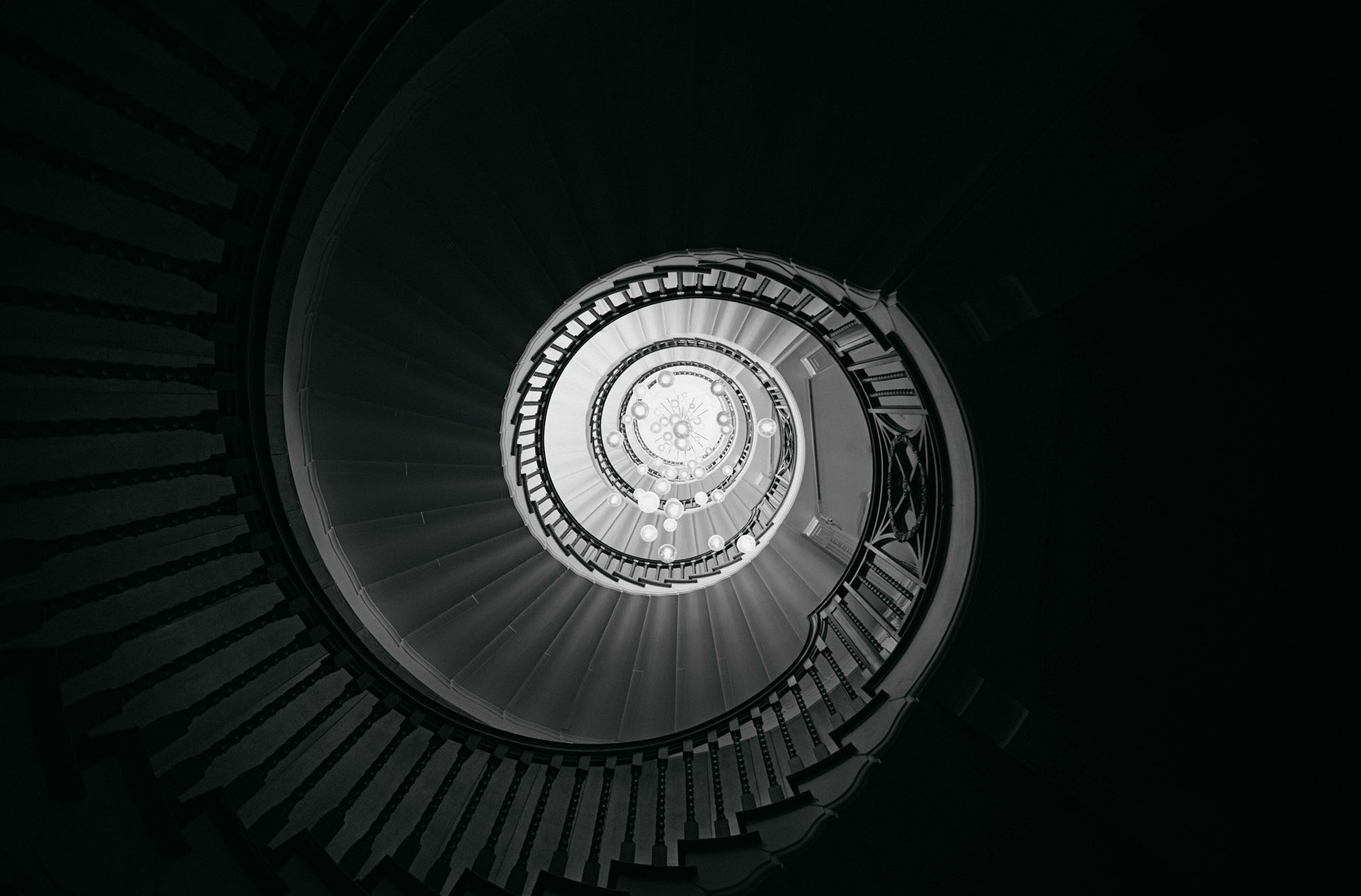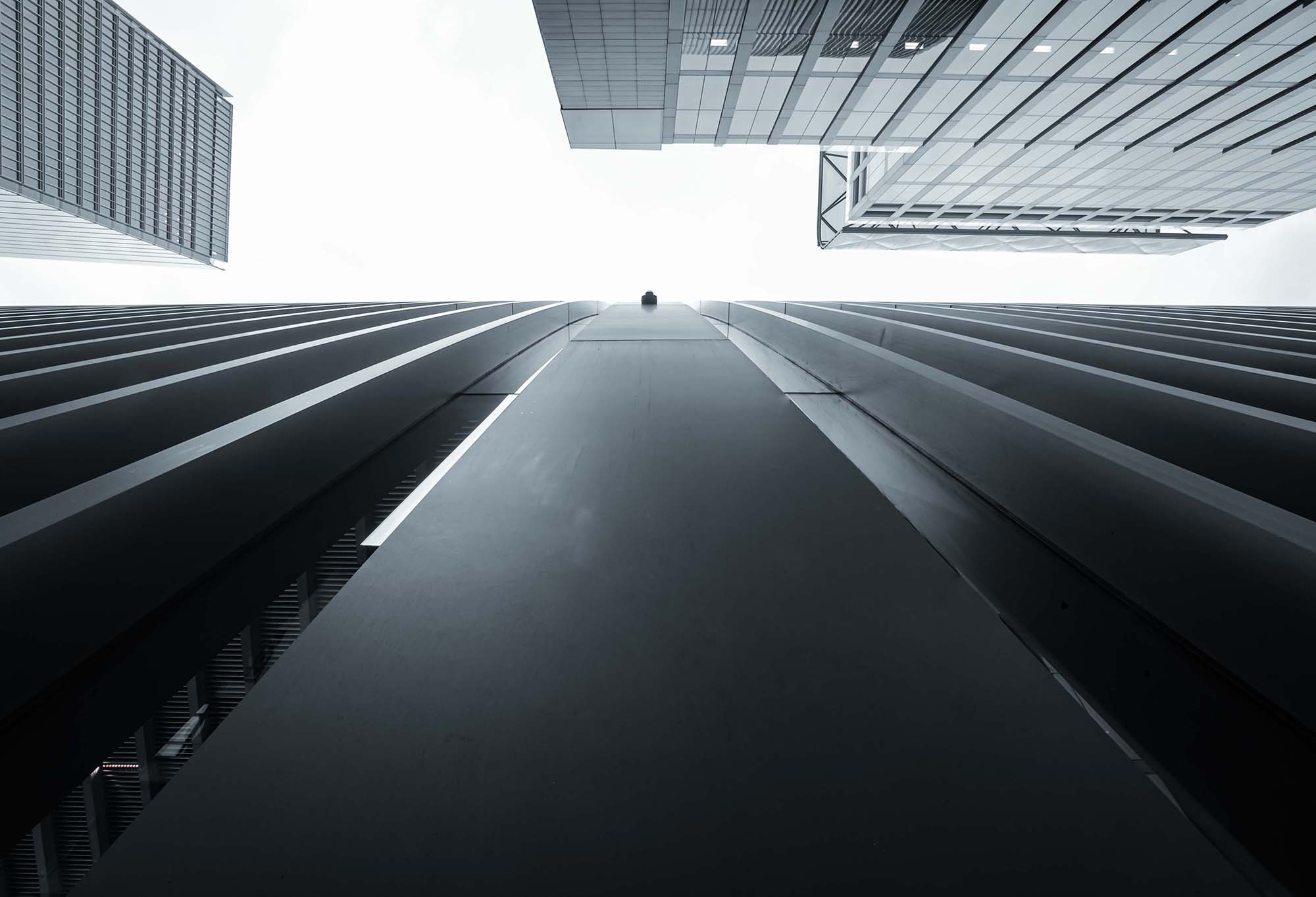Introduction: Why I’m Drawn to Documentary Architecture
The first time I consciously photographed a building with people in mind, not just symmetry or light, I realized something had shifted. I wasn’t just documenting a structure. I was documenting a life within it. That’s when documentary architecture became more than a style to me, it became a way of seeing.
Unlike typical architectural photography, which often isolates the building and removes the messiness of life, documentary architecture invites it in. It’s about showing how people interact with space, how environments shape daily rituals, and how even the most overlooked building can carry emotional weight. It asks a different question: not just what does this look like?—but what happens here?
In this article, I’ll share how I approach photographing documentary architecture: from mindset and technique to the emotional nuances that often go unnoticed. Whether you’re a photographer or simply someone who finds meaning in the connection between people and place, this perspective can open up how you see the built world.

Table of Contents
Toggle
What Is Documentary Architecture?
When I speak about documentary architecture, I’m talking about a way of photographing buildings that goes beyond structure and enters into story. It’s not about showcasing perfect symmetry or dramatic lighting. It’s about revealing how people live within and around the built world. It’s about capturing how spaces are used, how they wear over time, and how they reflect the communities they hold.
To me, documentary architecture is less about showcasing the designer’s vision and more about honoring the life that unfolds after the construction ends. I look for the worn threshold, the open window, the person pausing beneath a shadow. These aren’t mistakes in the frame—they’re the story.
Architecture becomes the backdrop for real life. A concrete staircase isn’t just a design feature—it’s a gathering place, a shortcut, a moment of solitude. The focus shifts from structure to experience, and as a photographer, that’s where things get interesting.
Even the most ordinary places—an apartment complex, a transit station, a school hallway—can hold visual poetry when approached with curiosity. These are the kinds of spaces that speak not through their boldness, but through their use.
Let me know when you’d like me to continue with the next section: The Photographer’s Role in Telling Architectural Stories.
The Photographer’s Role in Telling Architectural Stories
Photographing documentary architecture means letting go of the urge to control everything in the frame. Instead of waiting for a perfect moment or chasing clean lines, I try to stay present. I observe. I watch how people move through a space, how they pause, gather, avoid, lean, or wait. Every one of those movements tells me something about the building.
My role isn’t to stage life around architecture. It’s to witness it. To let the interactions speak for themselves. I look for traces of use—a worn floor tile, fingerprints on glass, curtains half-drawn. These details may be invisible to someone passing by, but through the lens, they become layered moments of truth.
Sometimes I catch people unaware. Other times, I ask permission or explain what I’m doing. Either way, the goal is never to objectify—it’s to respect. A good architectural documentary photograph gives space to both the subject and the structure. It allows room for complexity and contradiction.
There’s also a responsibility here. To tell the truth, even when it’s subtle. To avoid romanticizing poverty or glorifying decay just for visual effect. The camera should listen more than it speaks. It should ask, what’s happening here? And then show it with honesty and care.
Techniques for Capturing Real Life in Built Environments
When I’m out photographing documentary architecture, I keep my approach simple and responsive. This kind of work isn’t about technical perfection. It’s about attentiveness and intention.
Light is always my starting point. I look for light that reveals how a space is actually used—how it moves across a room during the day, where shadows fall, how reflections change with time. Early morning or late afternoon light often brings out texture and warmth without flattening the scene. But sometimes harsh midday sun gives me the sharp contrast I need to make a point. I don’t fight the light, I listen to it.
In terms of composition, I let the space tell me how to frame it. I don’t always center subjects or follow classical rules. Instead, I focus on what feels authentic. Maybe that means photographing from a corner, or through a doorway, or just outside a window. These angles create a sense of being there, of watching quietly without interrupting.
When I’m around people, I keep my gear minimal. A quiet camera and a small lens make me less noticeable. I shoot from the hip sometimes, or wait in one place and let life come to me. I don’t want to choreograph anyone’s behavior. I want them to forget I’m there.
And when there are no people at all, I look for signs of life. An open book on a bench. A half-drunk cup of coffee on a windowsill. A shoe left by the door. These are just as valuable as any portrait. They hint at presence, at movement, at absence. They make the space feel lived in, and that’s the heart of documentary architecture.

Developing a Documentary Mindset
This kind of photography doesn’t come from rushing. It comes from watching. From being still in a place long enough for it to start revealing itself. When I approach a space with a documentary mindset, I let go of what I want it to be and start noticing what it already is.
It’s tempting to look for striking visuals right away, to hunt for that perfect moment. But the truth is, some of the best images come quietly. They show up after I’ve walked past the same hallway three times. Or when I sit down and stop trying to take a photo at all. Documentary architecture asks for patience. It rewards the photographer who’s willing to wait, to return, to listen.
This mindset also means embracing imperfection. A cluttered room. Harsh lighting. A construction site that hasn’t been cleaned up. These aren’t problems to fix. They’re part of the story. They give the image texture, truth, tension. I’ve learned to stop asking, is this beautiful? and start asking, is this honest?
When I work this way, I start to feel connected to the places I photograph. Not in a nostalgic way, but in a grounded way. These aren’t just scenes. They’re environments people live in, work in, pass through. There’s a rhythm to them. And the more I pay attention, the more I find myself aligned with it.
The Emotional Power of Documentary Architecture
Photographing architecture this way often leaves me with a feeling that’s hard to describe. It’s not just visual satisfaction. It’s something more personal, like I’ve witnessed a quiet truth, something real that most people walk past without noticing.
There’s an emotional weight in seeing a structure not as an object, but as a participant. A cracked step, a leaning fence, a curtain swaying in a breeze, these aren’t just visual details. They carry memory, use, and human presence. Sometimes they carry loss. Sometimes joy. But they’re never neutral.
Documentary architecture allows buildings to express what they’ve absorbed. You begin to see them not as finished products, but as evolving backdrops to life. They age, they change, they adapt. And in that transformation, they become deeply human.
I’ve taken photos of places that no longer exist. A house before demolition. A market before renovation. A school before abandonment. Those photos are more than images now…they’re evidence. They carry meaning that only deepens with time. That’s the emotional power of this kind of work. It doesn’t shout. It lingers.

What I’ve Learned Photographing Documentary Architecture
The more I’ve photographed documentary architecture, the more I’ve come to value stillness. Not just in the spaces themselves, but in my own process. Slowing down has taught me how to notice more. It’s made me more patient, more responsive, more aware of the way a place speaks before anyone enters the frame.
I’ve learned that not every shot needs to explain itself. Some images work because they’re incomplete. Because they raise questions. Because they show the in-between. I don’t always need a subject. I don’t always need clarity. What I do need is presence, the kind that comes from showing up, observing, and being honest with what I see.
This approach has also made me more careful with how I photograph people and places. I think more about context. About power. About what it means to share a space through an image. The goal isn’t to take. It’s to witness. To offer a perspective that respects the complexity of the environment.
If there’s one thing I hope people take away from my work, it’s this: buildings are never just backgrounds. They hold stories. They carry the imprint of everyone who’s passed through. And if we’re willing to look (really look) we can find something quietly extraordinary in the most ordinary spaces.
Frequently Asked Questions
What is documentary architecture in photography
Documentary architecture is a way of photographing buildings that captures how people actually live in and around them. Instead of focusing only on the design or structure, it reveals everyday use, emotion, and context. It’s about the human side of architecture.
How is documentary architecture different from regular architectural photography
Traditional architectural photography often isolates the building, emphasizing symmetry, form, and perfection. Documentary architecture embraces imperfection. It shows how spaces are used in real life—clutter, movement, and all—and highlights the relationship between people and place.
Can I practice documentary architecture photography in ordinary buildings
Yes, and in fact, ordinary buildings are often the best subjects. Apartment blocks, stairwells, public transit stops, schools—these spaces are full of real life. You don’t need iconic architecture to tell a compelling story. You just need to observe with intention.
What kind of gear do I need for photographing documentary architecture
You don’t need much. A lightweight camera and a quiet lens are often better than bulky setups. The goal is to stay responsive and unobtrusive. What matters more than the gear is your awareness of light, timing, and the mood of the space.
Should people always be present in documentary architecture photos
Not necessarily. Sometimes the absence of people says just as much. An open door, a worn floor, or a light left on can speak volumes about the life within a space. What matters is that the photo reflects use, presence, or memory—not just form.

